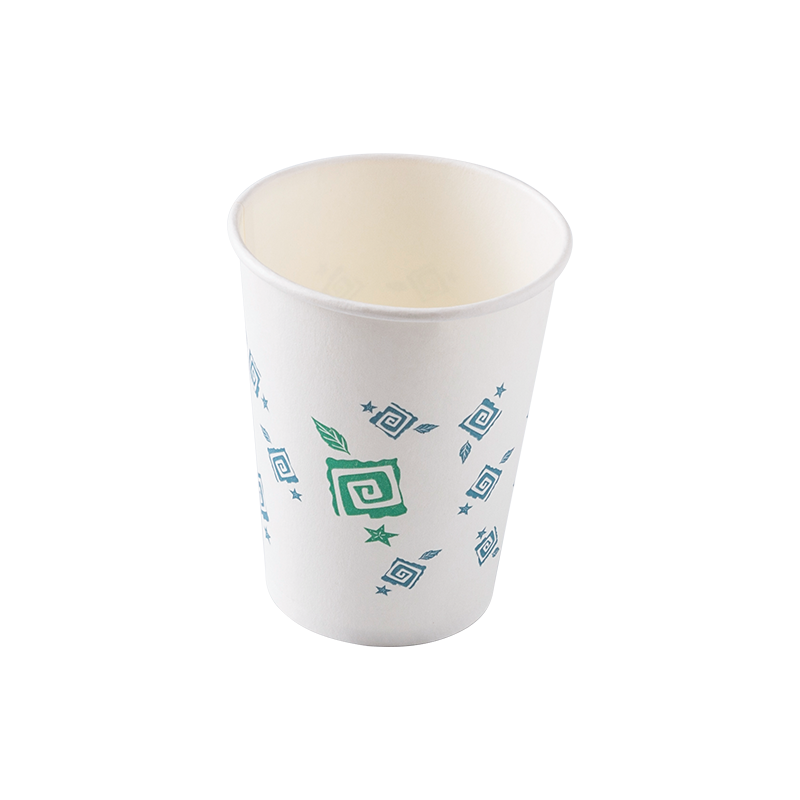Paper Cup are disposable cups made of paper that is lined or coated with plastic or wax to prevent liquid from leaking out or soaking through the paper. They are a popular choice for serving drinks at coffee shops and other food service businesses. They can be customized to fit a business's branding and can be used as an effective marketing technique. In addition, they are environmentally friendly and are suitable for hot or cold beverages.
The modern paper cup has its roots in the temperance movement in the United States at the end of the Civil War. The movement advocated drinking water instead of alcohol, and at that time, public fountains, trains, and wagons often had large containers of water that people poured into smaller cups or dippers. Communal cups posed a risk of cross-contamination, so a Boston lawyer named Lawrence Luellen crafted the first two-piece paper cup in 1907. This invention saved a lot of money by eliminating the need for sanitizing and reusing glasses, and it also reduced the risks associated with drinking from communal containers that could contain harmful bacteria or microbes.
Currently, most paper cups are coated with a plastic layer, which makes them resistant to liquid. The manufacturer applies the layer to flat sheets of paper, which are then rolled into a cup shape. The rims of the cups are tightly rolled to ensure a leak-proof seal. These cups are typically designed for use with hot drinks, such as coffee or tea. They are available in a variety of sizes and patterns, according to the Webstaurant Store website. Some of these cups are even insulated to keep the contents warm or cold.
Many consumers are concerned that paper cups are not recyclable, but the truth is they can be. In fact, the paper cup industry has been making huge changes to reduce waste and environmental impacts in recent years. For example, many major coffee chains now offer discounts if customers bring their own reusable cups.
A few years ago, the EPA reported that the amount of paper manufactured rose by 300 percent from 1960 to 2007. This was thanks to increased demand for paper products, as well as better manufacturing techniques and improved recycling options. But the EPA still believes that the majority of paper cups are not recycled, which is a huge problem.
In order to change that, the EPA has formed partnerships with companies that help increase the number of recycled paper cups. This material is 100% renewable, biodegradable, and has no plastic or wax coatings. Most of the time, the reason that paper cups are not recycled is because they have a plastic coating that clogs up the filters at paper mills and other recycling facilities. However, in the future, these cups will be able to be recycled with other food and drink packaging, which should significantly decrease their environmental impact.



 English
English







